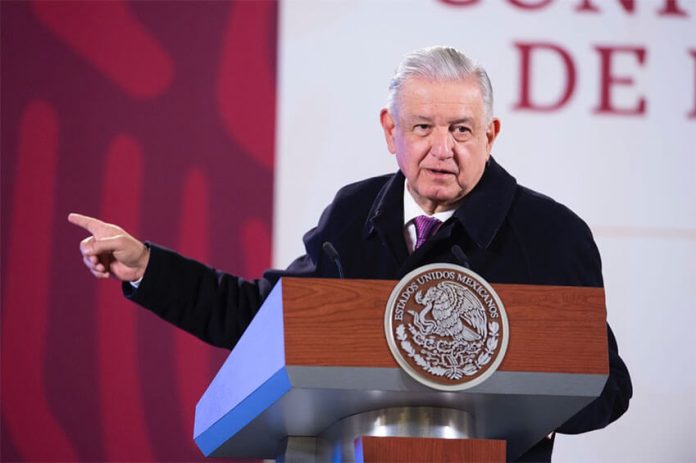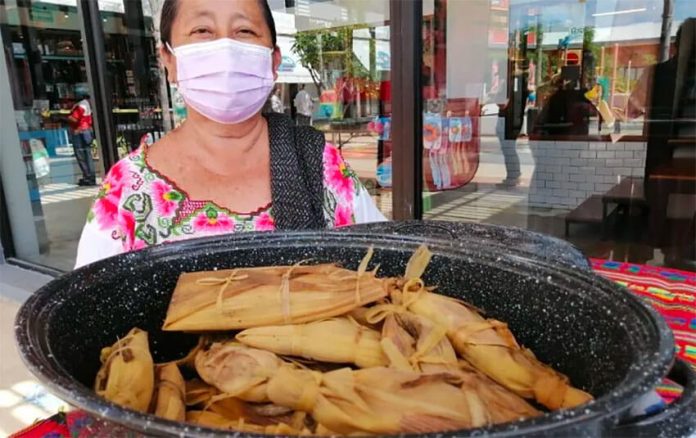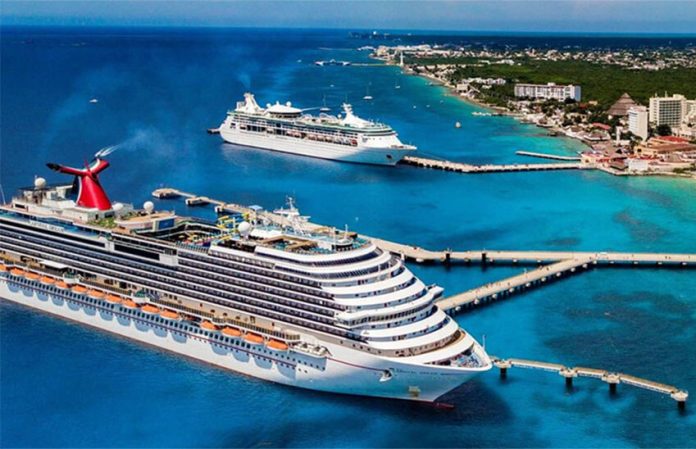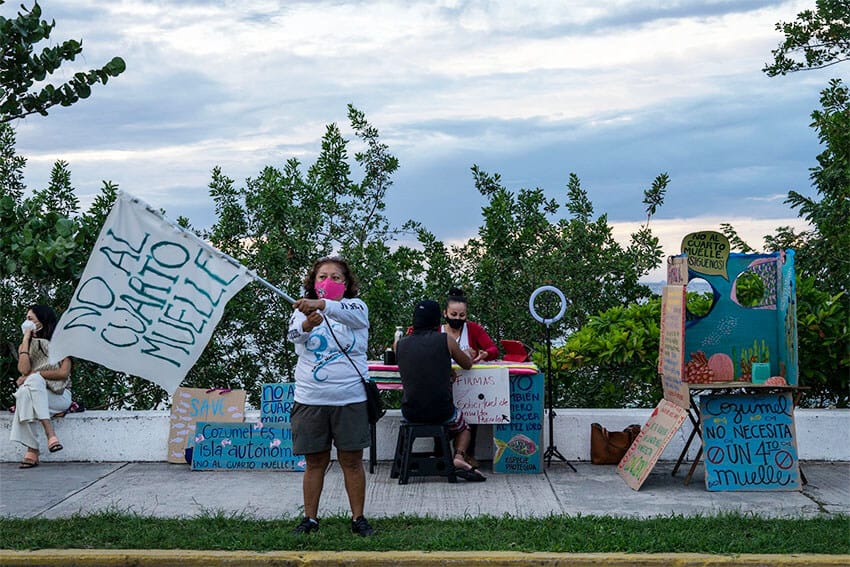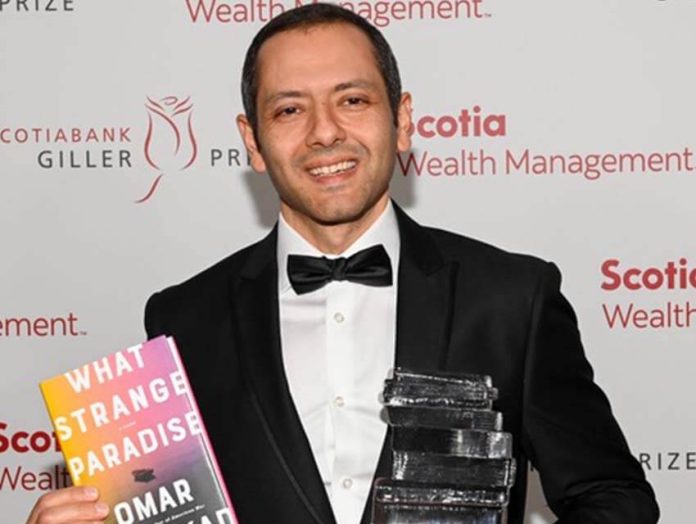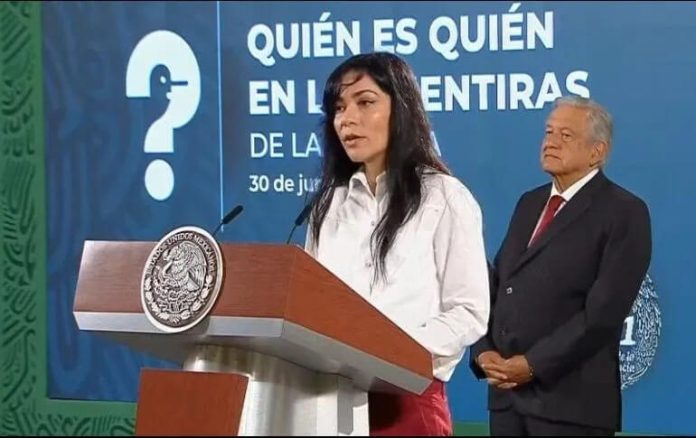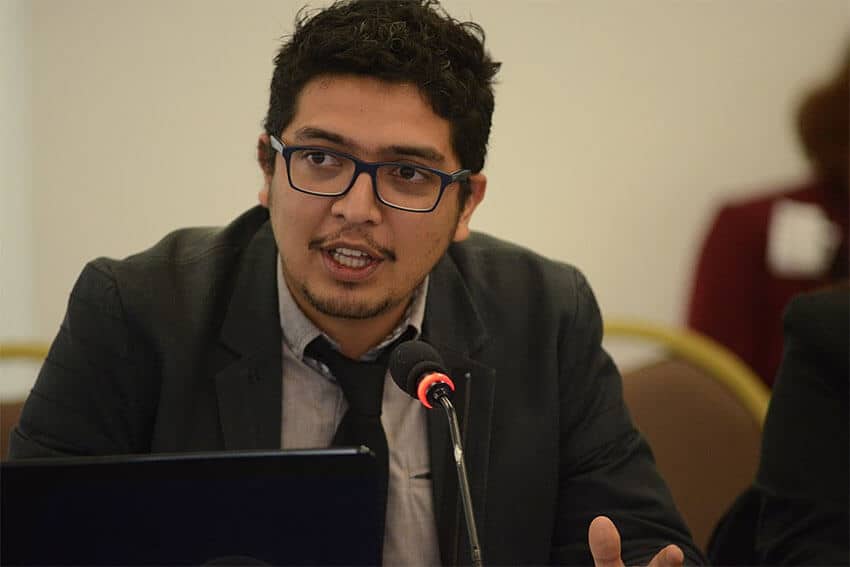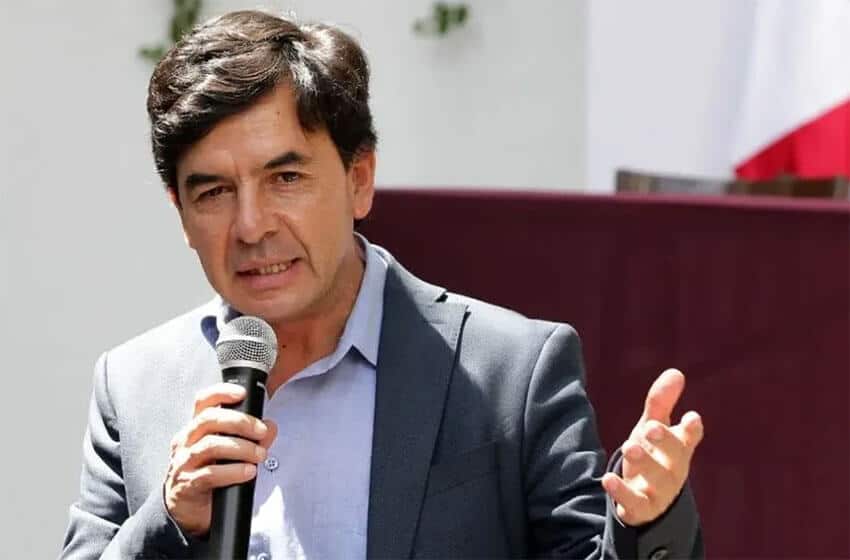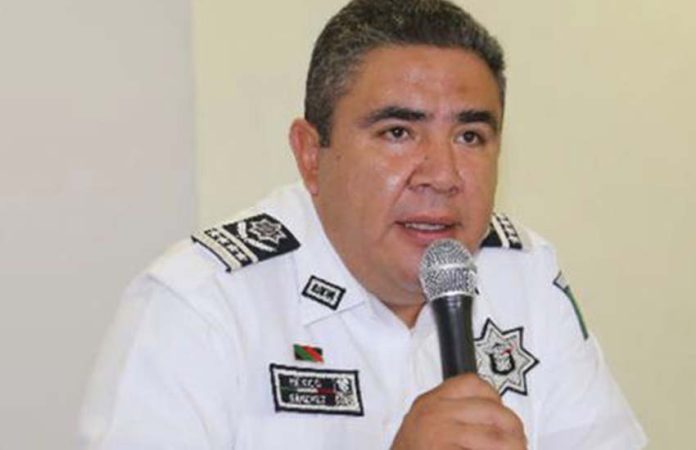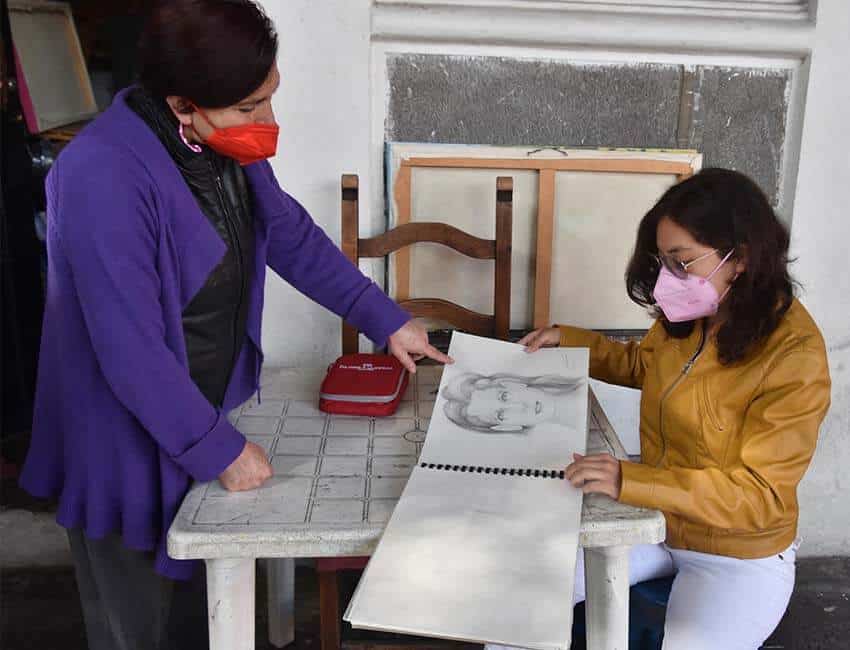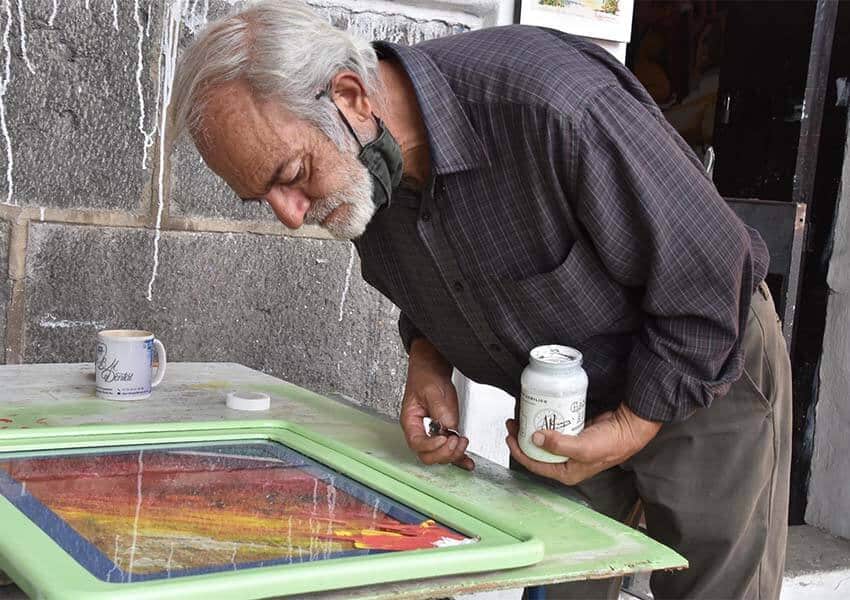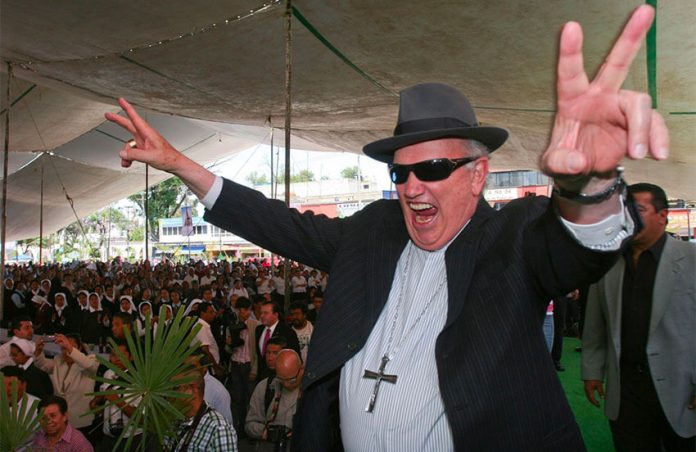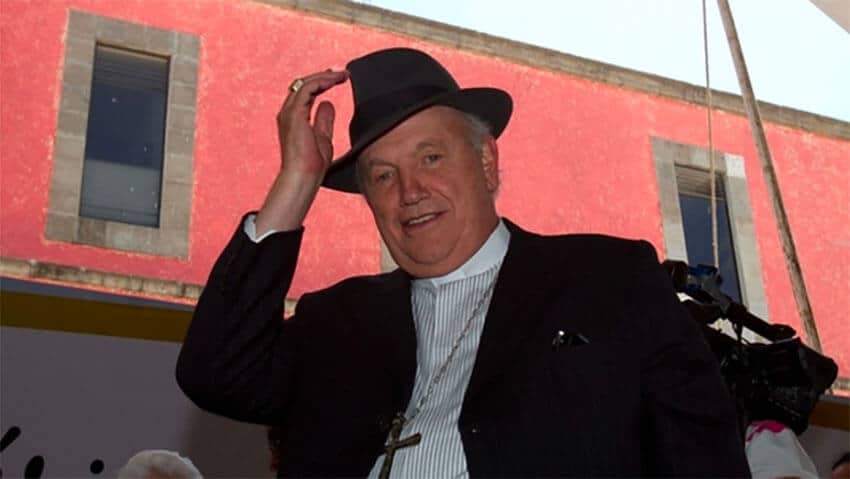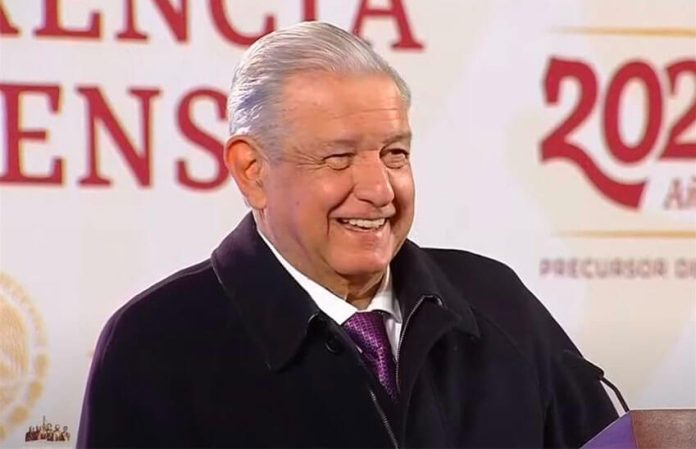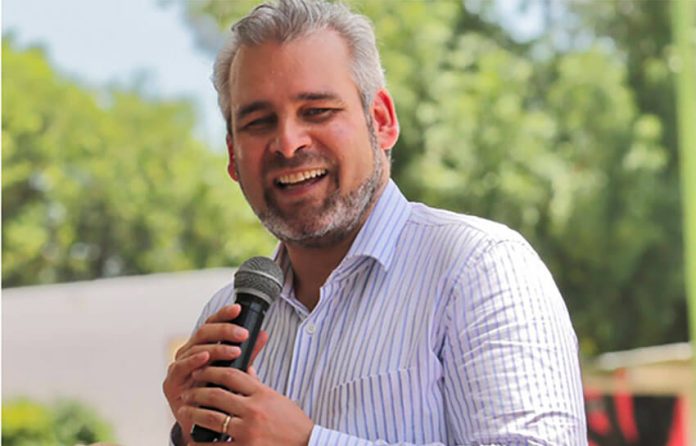A new state company will be created to exploit the nation’s lithium deposits, President López Obrador said Wednesday, but mining experts raised doubts about the government’s plan.
“Lithium is … a strategic mineral and it belongs to the nation. It’s not like gold or silver or copper, it’s something else; … [it’s] a strategic resource of the nation, like oil,” López Obrador told reporters at his regular news conference.
“… It’s already been decided that lithium will be exploited for the benefit of Mexicans. … In addition, I’ll say in advance, we’re going to create a company for Mexico, for the nation, for lithium,” he said.
“Besides, we don’t want to be a territory of conflict between powers. Not Russia, nor China or the United States [will control Mexico’s lithium].”
Mexico has large potential reserves of lithium – a key component of lithium-ion batteries used for green energy storage – in Sonora and smaller potential deposits in states such as Baja California, San Luis Potosí and Zacatecas. However, most of Mexico’s potential reserves are in clay deposits that are technically difficult and expensive to mine.
Mining experts cited by the newspaper Reforma expressed doubt about the government’s capacity to establish a functional state-owned lithium company, at least in the short term.
“[Lithium] exploration isn’t at all cheap, … it requires a lot of investment and permits,” said lawyer Alberto Vásquez, who specializes in mining matters.
“I don’t see the way in which this [proposed] state-owned company could operate in this six-year term of government,” he said, raising regulatory and budgetary concerns.
Vásquez also expressed doubt that a public enterprise will have the capacity to process any lithium it manages to extract.
Patricia Vivar, another lawyer with mining sector expertise, asserted that no mining project has gone from exploration to exploitation in fewer than six years.
She suggested that a state-owned lithium company would have to collaborate with other firms “because the state definitely won’t be able to exploit” the alkali metal on its own.
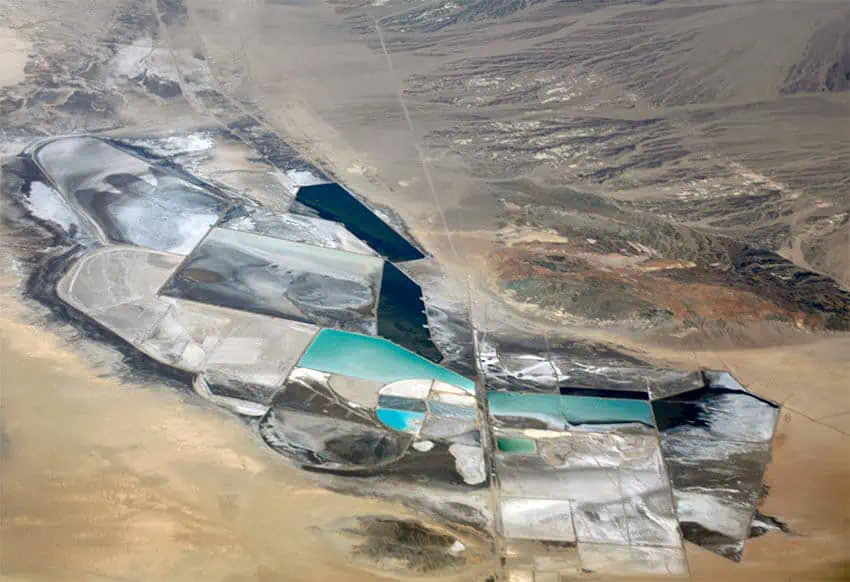
Sergio Almazán, president of the Mexican Association of Mining Engineers, Metallurgists and Geologists, estimated that investment in the hundreds of millions of dollars will be needed to establish a functional state-owned lithium company.
“These resources could be allocated to other priorities the country has at the moment and mineral deposits, including lithium ones, should be explored and exploited by those who can risk” that kind of money, he said.
“In Mexico we already had [the state-owned uranium company] Uramex, to which millions of dollars were allocated but which wasn’t economically viable,” Almazán said.
Similar concerns about Mexico’s capacity to mine lithium were raised by another mining expert in December in response to López Obrador’s pledge to nationalize lithium deposits.
“We have to recognize that as a government we’re not sufficiently capable of doing this. In addition, there is no certainty that there is lithium in sufficient quantities in the country to be exploited economically,” said Jaime Gutiérrez Núñez, president of the Mexican Chamber of Mines.
The president sent a constitutional bill to Congress in October that would nationalize future lithium exploration. A vote on the bill, which would also overhaul the electricity market to favor the state-owned Federal Electricity Commission, is expected in April.
With reports from Reforma
